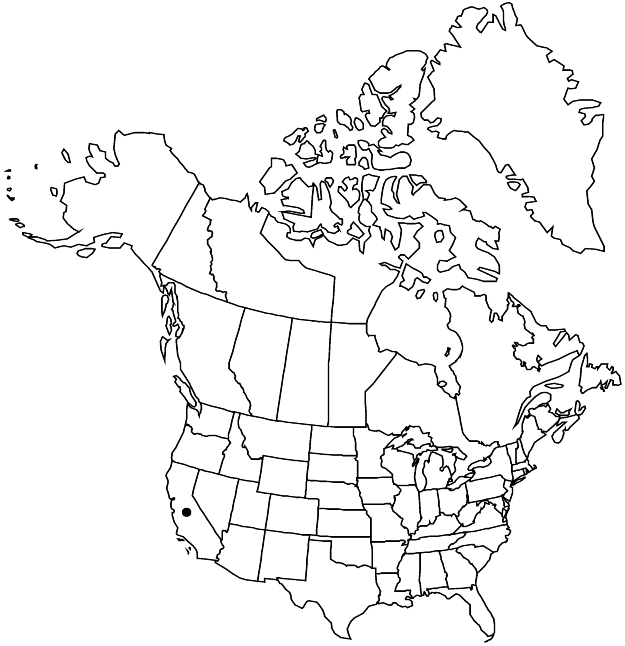Difference between revisions of "Chorizanthe biloba"
Ann. Missouri Bot. Gard. 21: 73. 1934.
FNA>Volume Importer |
imported>Volume Importer |
||
| Line 6: | Line 6: | ||
|place=21: 73. 1934 | |place=21: 73. 1934 | ||
|year=1934 | |year=1934 | ||
| + | }} | ||
| + | |special_status={{Treatment/ID/Special_status | ||
| + | |code=E | ||
| + | |label=Endemic | ||
}} | }} | ||
|basionyms= | |basionyms= | ||
| Line 58: | Line 62: | ||
|publication title=Ann. Missouri Bot. Gard. | |publication title=Ann. Missouri Bot. Gard. | ||
|publication year=1934 | |publication year=1934 | ||
| − | |special status= | + | |special status=Endemic |
| − | |source xml=https:// | + | |source xml=https://bitbucket.org/aafc-mbb/fna-data-curation/src/2e0870ddd59836b60bcf96646a41e87ea5a5943a/coarse_grained_fna_xml/V5/V5_953.xml |
|subfamily=Polygonaceae subfam. Eriogonoideae | |subfamily=Polygonaceae subfam. Eriogonoideae | ||
|genus=Chorizanthe | |genus=Chorizanthe | ||
Latest revision as of 22:15, 5 November 2020
Plants erect or infrequently spreading, (0.5–)1–3(–4) × 1–3(–4) dm, pubescent. Leaves basal; petiole 0.5–3 cm; blade oblanceolate, 1–3(–5) × 0.4–1(–1.3) cm, thinly pubescent. Inflorescences with involucres in open clusters 2–4(–6) cm diam., greenish or reddish to purplish; bracts 2–3 at proximal node, usually leaflike, often with whorl of sessile bracts ca. midstem, elliptic, 0.5–1.5 cm × 2–6 mm, gradually becoming lanceolate to elliptic, 0.2–2 cm × 1.5–8 mm, at distal nodes scalelike, linear and aciculate, acerose, awns straight, 1–3 mm. Involucres 3–10 or more, grayish or reddish, urceolate and slightly ventricose basally, 4–6 mm, without scarious or membranous margins, slightly corrugate, strigose; teeth erect to spreading, unequal, 1–2 mm; awns mostly uncinate, 0.5–2 mm, with longer anterior one straight, mostly 2 mm. Flowers exserted; perianth bicolored with floral tube white to yellow and tepals red, maroon, or dark purple, cylindric, (4.5–)5–6 mm, sparsely pubescent; tepals connate 1/2 their length, dimorphic, obovate, those of outer whorl spreading, slightly longer than those of inner whorl, 2-lobed, emarginate, or subacute apically, those of inner whorl erect, obtuse, fimbriate apically; stamens 9, exserted; filaments distinct, 4–5 mm, glabrous; anthers yellow to golden, oblong, 1.2–1.8 mm. Achenes brown, globose-lenticular, 4–4.5 mm. 2n = (34, 36, 38), 40, (42, 44, 46).
Discussion
Varieties 2 (2 in the flora).
Unlike the serpentine species Chorizanthe palmeri and C. ventricosa, C. biloba occurs on gravelly or clayey soils. Those species and C. obovata can be quickly differentiated by carefully examining the colors, shapes, and modifications of the tepals. Immature specimens can be difficult to place, but a combination of geographic location and edaphic features can often enable accurate identification of even fragmentary material.
Selected References
None.
Key
| 1 | Outer tepals deeply 2-lobed, occasionally erose apically | Chorizanthe biloba var. biloba |
| 1 | Outer tepals emarginate or subcordate apically | Chorizanthe biloba var. immemora |
